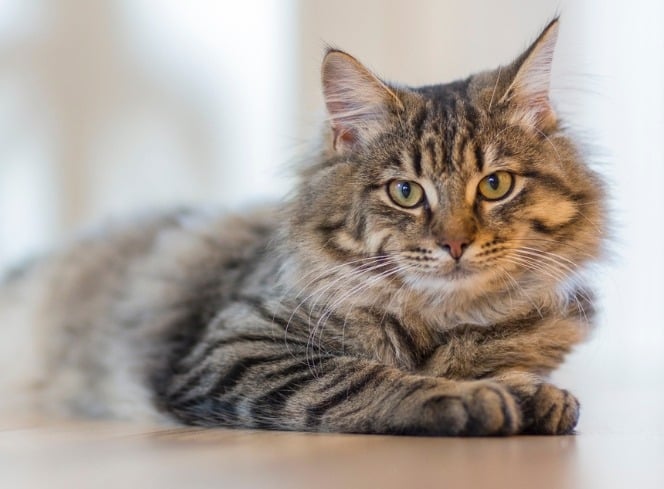If you share your home with a larger breed cat—such as a Maine Coon, Ragdoll, Siberian, Chartreux, Savannah, or Bengal—you already know these majestic felines need extra space, sturdy furnishings, and plenty of stimulation to stay happy. One of the best ways to keep your big cat active and content is to invest in a high-quality cat tree built especially for larger breeds. In this guide, we’ll help you choose the best cat tree for large cats, with practical tips and product recommendations that will suit the biggest and most playful of kitties.
Why Large Cats Need a Specially Designed Cat Tree

Cat trees are not just simple play structures; they’re multi-level territories that help cats stay mentally stimulated and physically fit. However, when it comes to larger breeds like Maine Coons or Ragdolls, a standard cat tree may not be sturdy or spacious enough to accommodate their size. Here’s why larger cats require a specific design:
- Stability: A lightweight or flimsy cat tree can wobble or even topple when a big cat jumps onto it. This can be both frightening and dangerous, so choosing a stable frame is crucial.
- Spacious Platforms: Whether you have a Ragdoll cat tree, Siberian cat tree, or a Chartreux cat tree, its platforms and perches should be wide enough to comfortably support your cat’s body.
- Durable Materials: Large cats tend to scratch more vigorously. A cat tower for Maine Coon or a cat tower for Ragdolls should feature robust scratching posts made from heavy-duty sisal or similar materials.
- Weight Support: Larger cat trees often come with reinforced bases and thicker poles to support the extra weight of a Maine Coon or a Bengal.
Key Considerations for Choosing the Best Cat Tree for Large Cats

1. Size & Height
Large cats like Maine Coons or Bengals appreciate having a high vantage point to observe their surroundings. Look for a tall Maine Coon cat tower or Bengal cat climbing tree that provides multiple levels and perches. The extra height will also encourage your cat to climb and explore—excellent for keeping them mentally stimulated.
2. Sturdy Construction
Pay close attention to the quality of the materials. Wooden frames or premium engineered wood are ideal for supporting bigger cats. Thick posts wrapped in sisal rope can serve as durable scratching surfaces.
3. Comfortable Sleeping Spots
Large breeds like Ragdolls and Siberians are known for their laid-back, affectionate personalities—they adore curling up for nap time. A cat tree for ragdolls should include spacious hammocks or roomy platforms where your cat can stretch out and relax. Look for plush, removable cushions that can be easily washed.
4. Multiple Perches & Hideouts
Having various platforms, cubbies, and hideaways allows your cat to choose different spots to lounge or hide. This variety is particularly important for naturally curious breeds like Savannahs and Bengals. A savannah cat tree or cat tree for bengal cats with tunnels, hidey-holes, and multiple resting places will keep them engaged and entertained.
5. Aesthetic & Home Décor
A cat tree doesn’t have to look out of place in your home. Many modern designs feature neutral colours and sleek lines that fit seamlessly with your décor. Whether you need a chartreux cat tower or a cat tower for bengal, you’ll find options that are both stylish and functional.
Recommended Cat Trees for Large Breeds

At Lords & Labradors, we offer a curated selection of cat trees ideal for larger felines. Here are some ranges worth exploring:
Petrebels Cat Trees are designed with durability and comfort in mind. Each tower is crafted to provide a stable and secure environment, making them some of the best cat trees for large cats. From tall towers to more compact designs, they feature thick scratching posts and plush sleeping spots. If you’re looking for a cat tower for maine coon or a cat tower for ragdolls, Petrebels has options that cater to various preferences:
- Robust Frames: Perfect for hefty breeds like Maine Coons and Bengals.
- Plush Platforms: Provides comfortable resting spots for Ragdolls and Chartreux.
- Modern Aesthetics: Stylish designs that blend seamlessly with contemporary homes.
The Helsinki Cat Trees are another fantastic option, combining functionality with luxury. They are particularly suitable if you have a large cat thanks to their stable build and chic, Scandinavian-inspired design. Highlights of the Helsinki range include:
- Minimalist Look: Sleek, modern lines that complement a variety of interior styles.
- Spacious Lounging Areas: Large platforms and hammocks for cats that love to lounge.
- Quality Materials: Heavy-duty sisal scratching posts and sturdy wooden frames designed to withstand the demands of larger breeds.
Breed-Specific Suggestions
When shopping for the perfect cat tower, keep your cat’s breed traits in mind. Here are some examples:
- Maine Coon: Look for extra height and super-sturdy posts. A maine coon cat tower or cat tower maine coon with reinforced bases is ideal.
- Ragdolls: Because they love to sprawl and relax, a cat tree for ragdolls or ragdoll cat tree should include wide perches or hammock beds.
- Siberians: Known for their playful nature and athletic builds, a siberian cat tree should have multiple levels for climbing and exploration.
- Chartreux: These intelligent and gentle cats appreciate a chartreux cat tower with ample space to lounge and observe. Look for covered hideouts where they can nap peacefully.
- Savannah: High energy and inquisitive, a savannah cat tree should be tall and sturdy, with plenty of vertical space to climb.
- Bengals: Extremely active and agile, Bengals need a robust bengal cat climbing tree. Multiple perches, scratching areas, and interactive toys can keep them entertained and help burn off energy. A cat tower for bengal or cat trees for bengals with tall platforms are perfect for their athletic prowess.
Tips for Introducing Your Cat to a New Tree

- Choose the Right Spot: Place the cat tree in a location where your cat feels safe—perhaps near a window for some bird-watching.
- Use Treats & Toys: Encourage your cat to explore by scattering treats or placing a favourite toy on one of the platforms.
- Positive Reinforcement: Reward your cat with praise or a treat whenever they use the new tree, helping them form a positive association.
- Safety First: Always ensure the cat tree is stable. If needed, anchor it to a wall for extra support, especially if your cat is extremely active.
Shop Our Range of Cat Trees for Large Cats
Ready to find the best cat tree for large cats in your household? At Lords & Labradors, we understand the unique needs of big felines, whether you’re searching for a cat tree for ragdoll, a cat tree for bengal cats, or a strong and tall cat tower for ragdolls. Our collection includes top-quality options from Petrebels and our very own Helsinki Cat Trees range.
For a wide selection of towers designed to accommodate the size and personality of larger breeds, be sure to shop our range of cat trees for large cats.


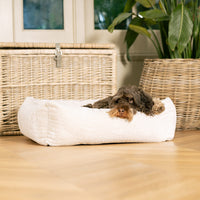

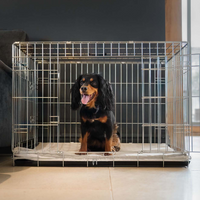

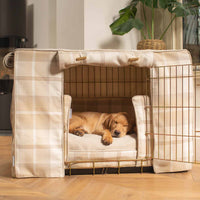
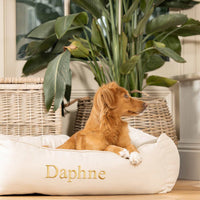
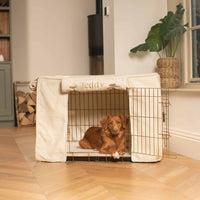
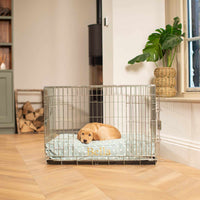
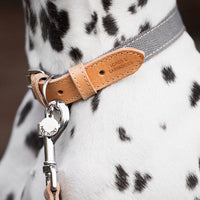



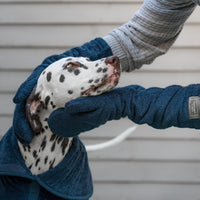

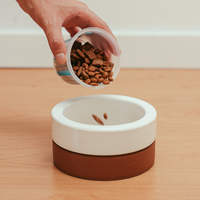
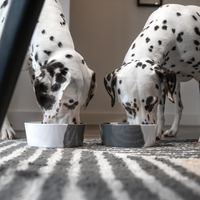


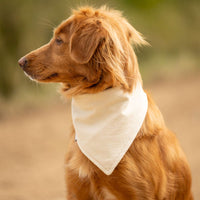
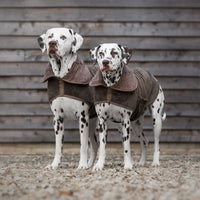
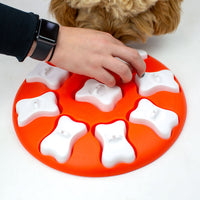
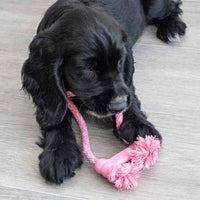
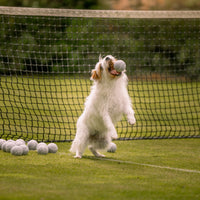
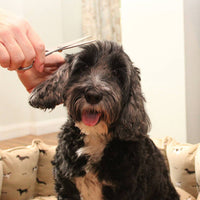

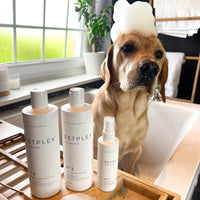
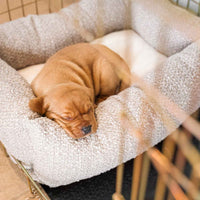
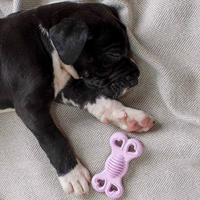
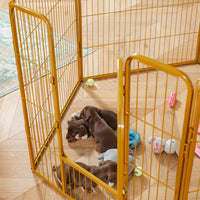
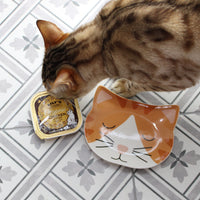
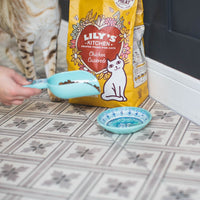
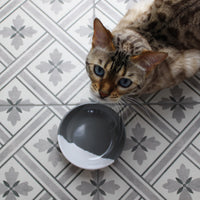
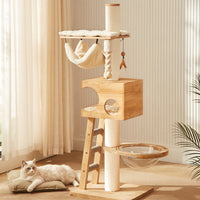
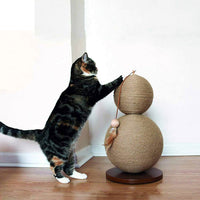
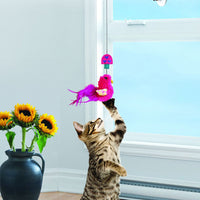
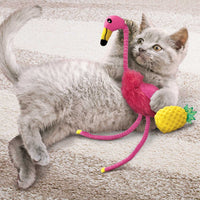
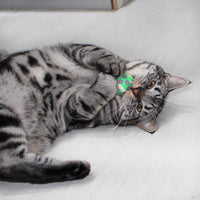
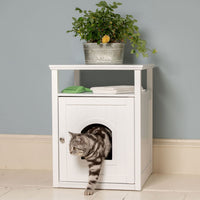
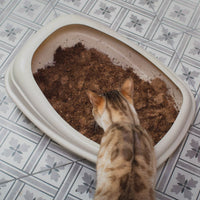
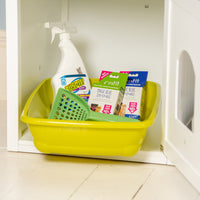
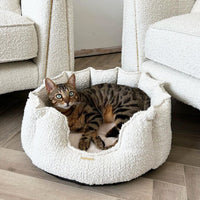
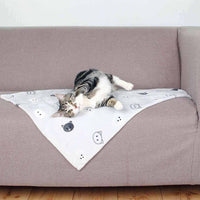
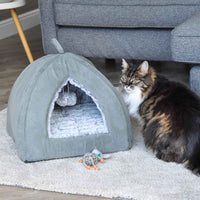
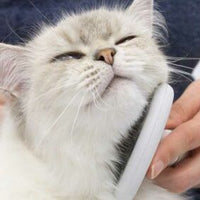
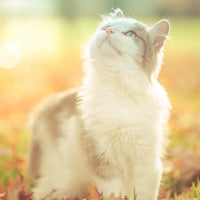


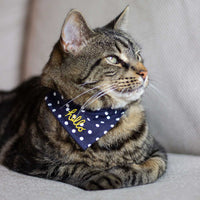

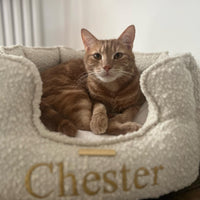
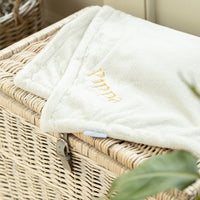
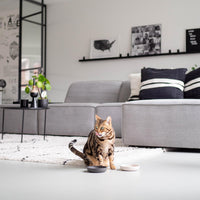



![[color:pepper]](http://www.lordsandlabradors.co.uk/cdn/shop/products/The-Rebels-Maine-Coon-200cm-2.jpg?v=1673542740&width=533)
![[color:pepper]](http://www.lordsandlabradors.co.uk/cdn/shop/products/The-Rebels-Ragdoll-200cm.jpg?v=1673542167&width=533)
![[color:pepper]](http://www.lordsandlabradors.co.uk/cdn/shop/products/The-Rebels-Maine-Coon-117cm-2.jpg?v=1673540181&width=533)




